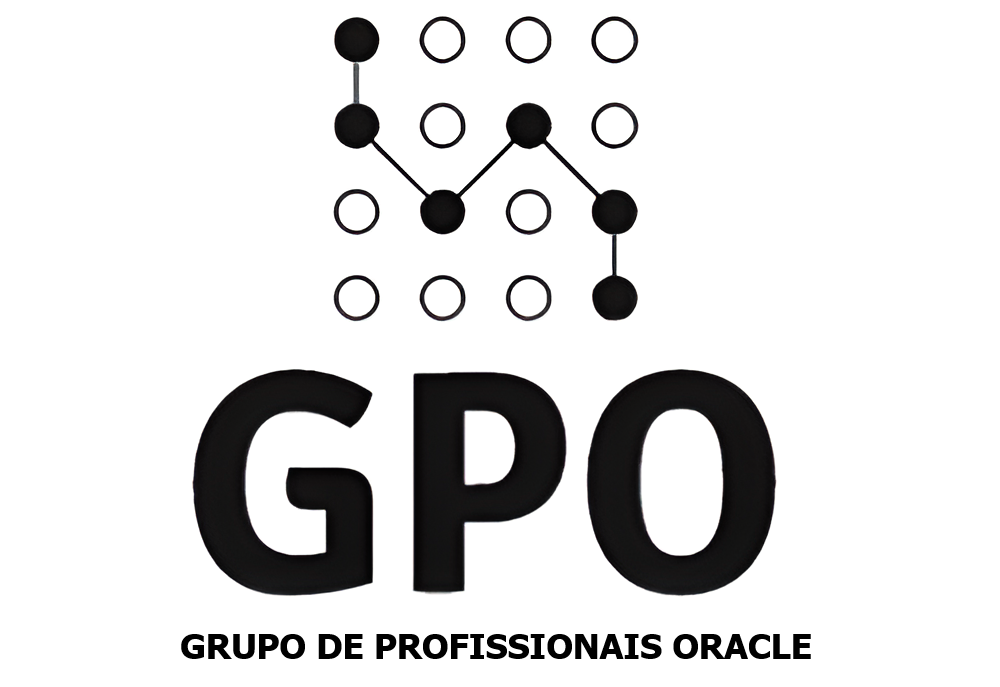Como identificar blocos corrompidos via RMAN
Pessoal,
Segue uma dica sobre como identificar blocos corrompidos no Database…
Passo 1: Identificar os Blocos Corrompidos
Primeiramente devemos atualizar a view v$database_block_corruption com as informações de blocos corrompidos no banco de dados usando o seguinte comando via RMAN:
RMAN> backup validate check logical database;To make it faster, itt can be configured to use PARALLELISM with multiple channels:
RMAN> configure device type disk parallelism 4;
RMAN> backup validate check logical database;OU
RMAN> run {
allocate channel d1 type disk;
allocate channel d2 type disk;
allocate channel d3 type disk;
allocate channel d4 type disk;
backup validate check logical database;
}Agora os blocos corrompidos aparecerão na view v$database_block_corruption:
SQL> select * from v$database_block_corruption;
FILE# BLOCK# BLOCKS CORRUPTION_CHANGE# CORRUPTIO
————— ————— ————— —————— ———
6 10 1 8183236781662 LOGICAL
6 42 1 0 FRACTURED
6 34 2 0 CHECKSUM
6 50 1 8183236781952 LOGICAL
6 26 4 0 FRACTURED
5 rows selected.Passo 2: Identificar os Segmentos Corrompidos
A query a seguir faz um mapa de cada bloco corrompido em um determinado segmento. Cada bloco será mapeado na view v$database_block_corruption :
SELECT e.owner, e.segment_type, e.segment_name, e.partition_name, c.file#
, greatest(e.block_id, c.block#) corr_start_block#
, least(e.block_id+e.blocks-1, c.block#+c.blocks-1) corr_end_block#
, least(e.block_id+e.blocks-1, c.block#+c.blocks-1)
- greatest(e.block_id, c.block#) + 1 blocks_corrupted
, null description
FROM dba_extents e, v$database_block_corruption c
WHERE e.file_id = c.file#
AND e.block_id = c.block#
UNION
SELECT s.owner, s.segment_type, s.segment_name, s.partition_name, c.file#
, header_block corr_start_block#
, header_block corr_end_block#
, 1 blocks_corrupted
, 'Segment Header' description
FROM dba_segments s, v$database_block_corruption c
WHERE s.header_file = c.file#
AND s.header_block between c.block# and c.block# + c.blocks - 1
UNION
SELECT null owner, null segment_type, null segment_name, null partition_name,
c.file#
, greatest(f.block_id, c.block#) corr_start_block#
, least(f.block_id+f.blocks-1, c.block#+c.blocks-1) corr_end_block#
, least(f.block_id+f.blocks-1, c.block#+c.blocks-1)
- greatest(f.block_id, c.block#) + 1 blocks_corrupted
, 'Free Block' description
FROM dba_free_space f, v$database_block_corruption c
WHERE f.file_id = c.file#
AND f.block_id = c.block#
order by file#, corr_start_block#;Exemplo de Output:
OWNER SEGMENT_TYPE SEGMENT_NAME PARTITION_ FILE# CORR_START_BLOCK#
CORR_END_BLOCK# BLOCKS_CORRUPTED DESCRIPTION
----- ------------------ ------------ ---------- ----- ----------------- ----------
----- ---------------- -------------
SCOTT TABLE EMP 6 10
10 1
SCOTT TABLE PARTITION ORDER ORDER_JAN 6 26
28 3
6 29 29 1 Free Block
SCOTT TABLE BONUS 6 34
34 1
6 35 35 1 Free Block
SCOTT TABLE DEPT 6 42
42 1 Segment Header
SCOTT TABLE INVOICE 6 50
50 1Notes:
Se um bloco corrompido estiver em tablespaces gerenciadas pelo dicionario (dictionary managed tablespace)
e um segmento no header do bloco estiver corrompido, esse bloco irá aparecer 2x na query acima;
Se um segmento estiver corrompido em um banco usando ASSM, a query acima irá mostrar
somente o bloco corrompido do header e os subsequentes não aparecerão;

Olá.
Você esqueceu de citar a fonte: http://easyoracleapps.wordpress.com/2011/04/11/how-to-identify-all-the-corrupted-objects-in-the-database-reported-by-rman/
Valew Proni!